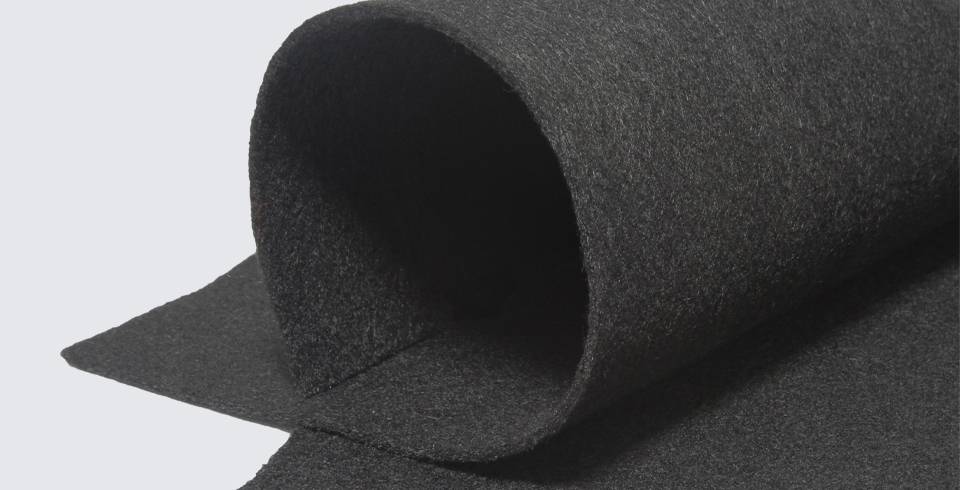Graphite Solutions for Tomorrow's Innovations

Carbon felt is a felt-like material made of carbon fibers, which can be converted into graphite felt through high-temperature graphitization. Carbon felt has broad-spectrum adsorption, large capacity, good adsorption of inorganic gases, non-melting or dripping when exposed to fire, no smoke and toxicity. It can maintain flame-retardant performance even after repeated washings. Besides, it can be used as an adsorption purification material, insulation material for vacuum furnaces, and inert gas furnaces.
Currently, carbon felt is mainly divided into polyacrylonitrile (PAN)-based carbon felt, viscose-based (rayon)-based carbon felt, and bitumen-based carbon felt. Among them, PAN-based carbon felt is the most widely used.
| Table 1: Carbon Felt Specifications | |||||
|---|---|---|---|---|---|
| Model | Heat Treatment Temperature | Carbon Content | Density (g/cc) | Ash (ppm) | Available Thickness (mm) |
| CSF-1 (Pan-Based) | 1200 °C | ≥ 97.5% | 0.14–0.16 | ≤ 800 | 3/5/6/8/10/12.7 |
| CSF-2 (Rayon-Based) | 1200 °C | ≥ 99.5% | 0.12–0.14 | ≤ 300 | |
Notes:
|
|||||